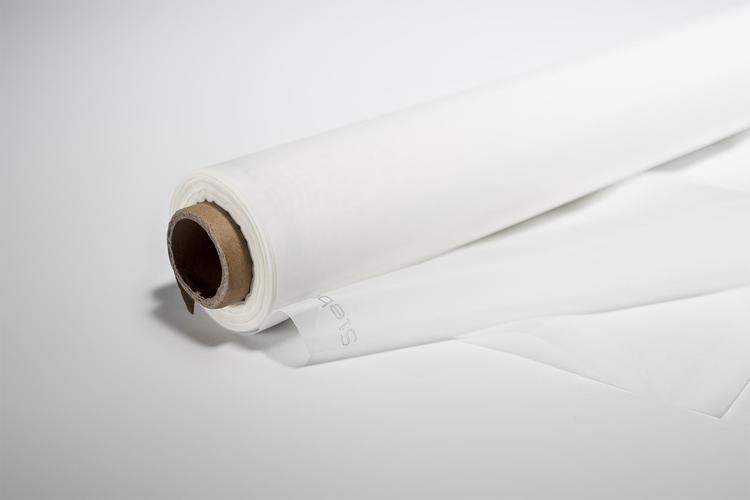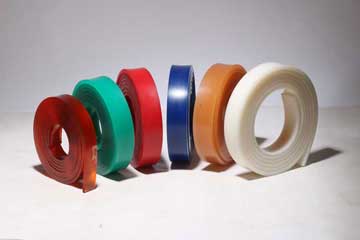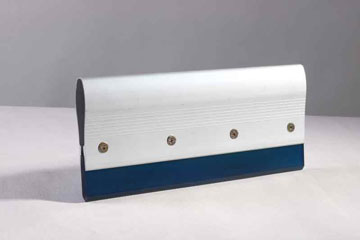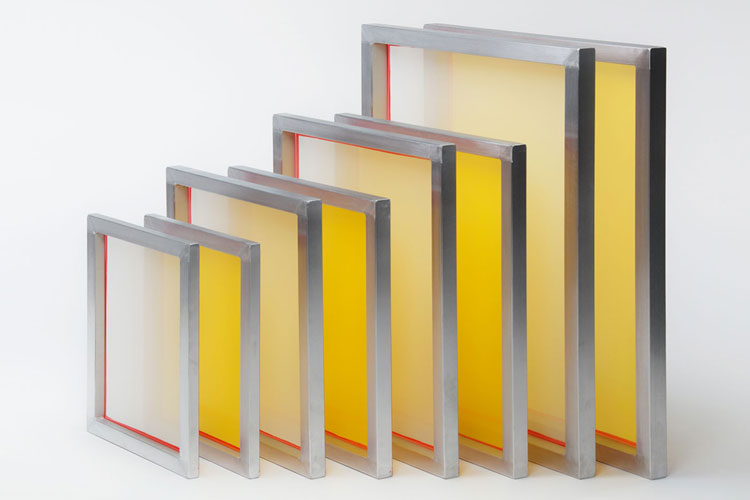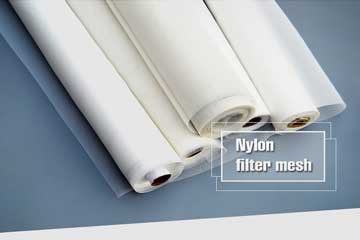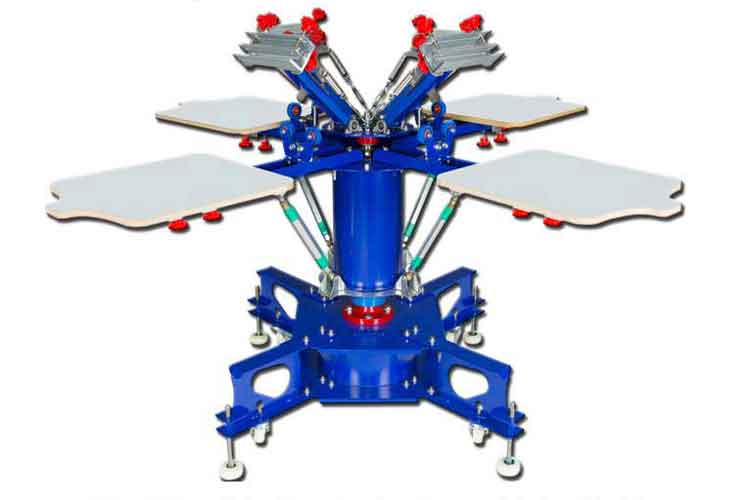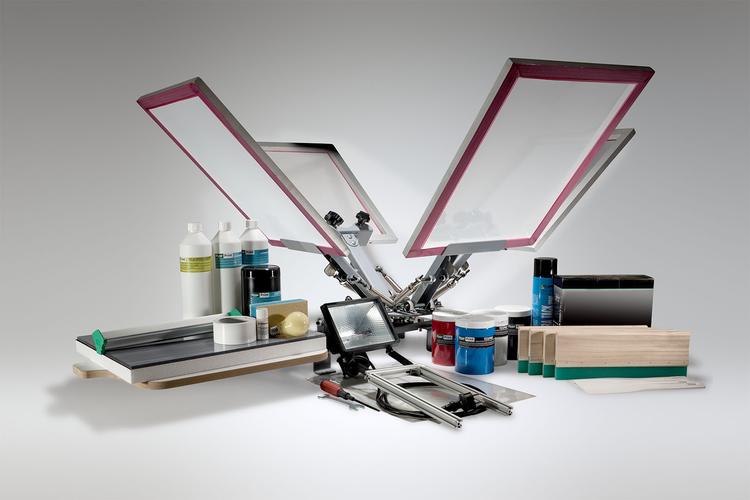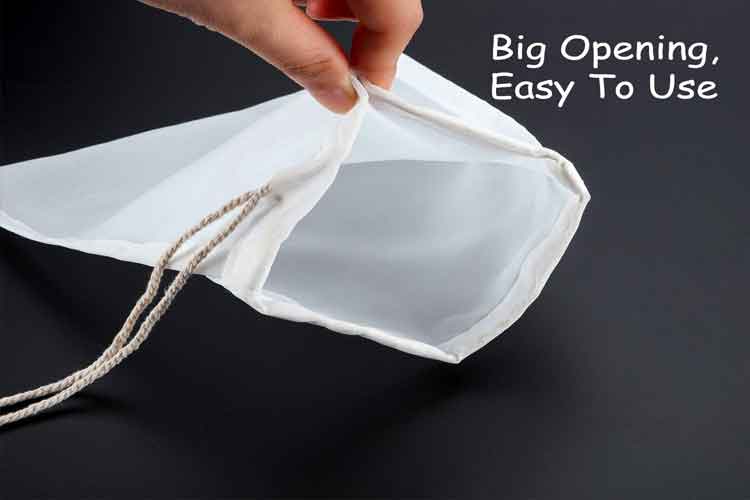The Complete Guide to Screen Printing Squeegees: Blades, Handles, Prices, and Types
we will dive into the key aspects of screen printing squeegees: Screen Printing squeegee blades, Screen Printing squeegee handles, Screen Printing squeegee prices, and Screen Printing squeegee types, to help you make the best choice for your printing needScreen printing is an art that requires precision, consistency, and quality materials. One of the essential tools in the screen printing process is the squeegee, used to press ink through the screen and onto the substrate. The right squeegee can drastically improve the quality of your prints, enhance efficiency, and ensure consistency. In this guide, we will dive into the key aspects of screen printing squeegees: Screen Printing squeegee blades, Screen Printing squeegee handles, Screen Printing squeegee prices, and Screen Printing squeegee types, to help you make the best choice for your printing needs.
Screen Printing Squeegee Blades
The blade is arguably the most important part of the squeegee as it directly affects ink distribution and print sharpness. The blade's hardness (durometer), shape, and material all play critical roles in determining how the ink interacts with the screen and the substrate.
-
Durometer (Hardness):
- 60 Durometer (Soft Blade): This type of blade allows more ink to pass through the screen, making it ideal for printing on fabrics with coarse surfaces or where more ink coverage is needed. The soft blade provides flexibility but may lack sharpness on detailed prints.
- 70 Durometer (Medium Blade): The most common durometer used in screen printing, it balances ink deposit and sharpness, making it versatile for a variety of substrates and applications. It works well on textiles and flat surfaces.
- 80-90 Durometer (Hard Blade): Harder blades deposit less ink, making them perfect for fine detail work and for printing on smooth surfaces like glass, metal, or plastic.
-
Blade Shapes:
- Square Edge: The most commonly used blade shape, providing even pressure and ink distribution. Ideal for standard printing tasks.
- Rounded Edge: Allows for heavier ink deposits, often used in applications where the substrate requires more ink, such as printing on fabric.
- Beveled Edge: These blades offer precision for printing fine details, often used in applications requiring sharp lines, such as electronic components.
-
Materials:
- Rubber Blades: These are affordable and widely used, but wear out faster than other materials.
- Polyurethane Blades: These offer greater durability and resistance to solvents, making them suitable for high-volume production.
Screen Printing Squeegee Handles
The handle plays an essential role in controlling the pressure and movement of the blade across the screen. It also provides comfort and ease of use for the operator during long print runs.
-
Wood Handles: Traditionally used in manual screen printing, wood handles are lightweight, affordable, and provide a comfortable grip. They are excellent for smaller production runs.
-
Aluminum Handles: These are durable and resistant to wear and corrosion. They are ideal for industrial settings where squeegees are subjected to heavy use. The aluminum handle's rigidity also helps maintain even pressure across the blade.
-
Ergonomic Handles: For operators involved in long hours of screen printing, ergonomic handles help reduce hand fatigue. These handles are designed to provide a comfortable grip and reduce stress on the wrist, improving overall efficiency and precision.
Screen Printing Squeegee Price
The cost of a screen printing squeegee can vary widely depending on the type of blade, handle, and overall build quality. Here’s a breakdown of what to expect:
-
Basic Wood-Handled Squeegee: Typically priced between $10 and $20, these are ideal for hobbyists or small print shops with low to medium production volumes.
-
Mid-Range Squeegee with Polyurethane Blade: A higher-quality blade and more durable handle, these squeegees can range from $25 to $50. They offer better longevity and are often favored by businesses with consistent print runs.
-
Industrial-Grade Squeegees: High-end aluminum handles combined with durable polyurethane or solvent-resistant blades can cost anywhere from $50 to $100. These are best for high-volume printing and applications where consistency and durability are critical.
It's important to consider the overall return on investment. A higher initial cost might be offset by the longer lifespan and better print quality, especially for professional printing businesses.
Types of Screen Printing Squeegees
Squeegees come in various types designed to cater to different printing needs. Here are the most common types:
-
Manual Screen Printing Squeegees: These are operated by hand and are the most widely used type. They are ideal for smaller print runs, hobbyists, and businesses that focus on custom or small-batch printing.
-
Automatic Screen Printing Squeegees: Used in automatic screen printing machines, these squeegees are designed for high-volume production environments. They provide consistent pressure and speed, which helps maintain print quality across thousands of prints.
-
Dual Durometer Squeegees: These feature two different hardnesses in one blade, providing flexibility in printing. For example, a softer material on the printing edge and a harder material on the top edge allow for precision in detailed areas while maintaining durability.
-
Triple Durometer Squeegees: Offering even more versatility, these have three layers of varying hardness, making them ideal for high-precision printing or for applications requiring fine control over ink deposits.
Why Choosing the Right Squeegee Matters
Selecting the right squeegee blade, handle, and type is critical to achieving the best results in screen printing. Poor-quality squeegees can lead to uneven ink distribution, blurry prints, and wasted materials. On the other hand, investing in high-quality squeegees ensures:
- Consistent Prints: A well-designed squeegee with the right blade hardness will produce consistent, sharp prints, ensuring that each batch meets customer expectations.
- Long-Term Cost Efficiency: Higher-end squeegees tend to last longer and perform better over time, reducing the need for frequent replacements.
- Increased Productivity: Using ergonomic handles and properly suited blades can enhance the operator's comfort, reducing fatigue and improving productivity, especially in longer print runs.
Conclusion
In conclusion, the screen printing squeegee is much more than just a tool—it's a vital component that directly affects the quality and efficiency of your printing process. By selecting the right blade durometer, handle type, and squeegee material, you can significantly improve the outcome of your prints and ensure a more efficient production process.
When investing in screen printing equipment, don’t overlook the importance of a high-quality squeegee. It’s a small investment that can make a big difference in the success of your screen printing business.
Pre:Screen Printing Mesh Material: Enhancing Precision and Quality in the Printing Process
Next:200 Mesh Screen Printing: Precision in Detail for Professional Quality Prints
Tags:
